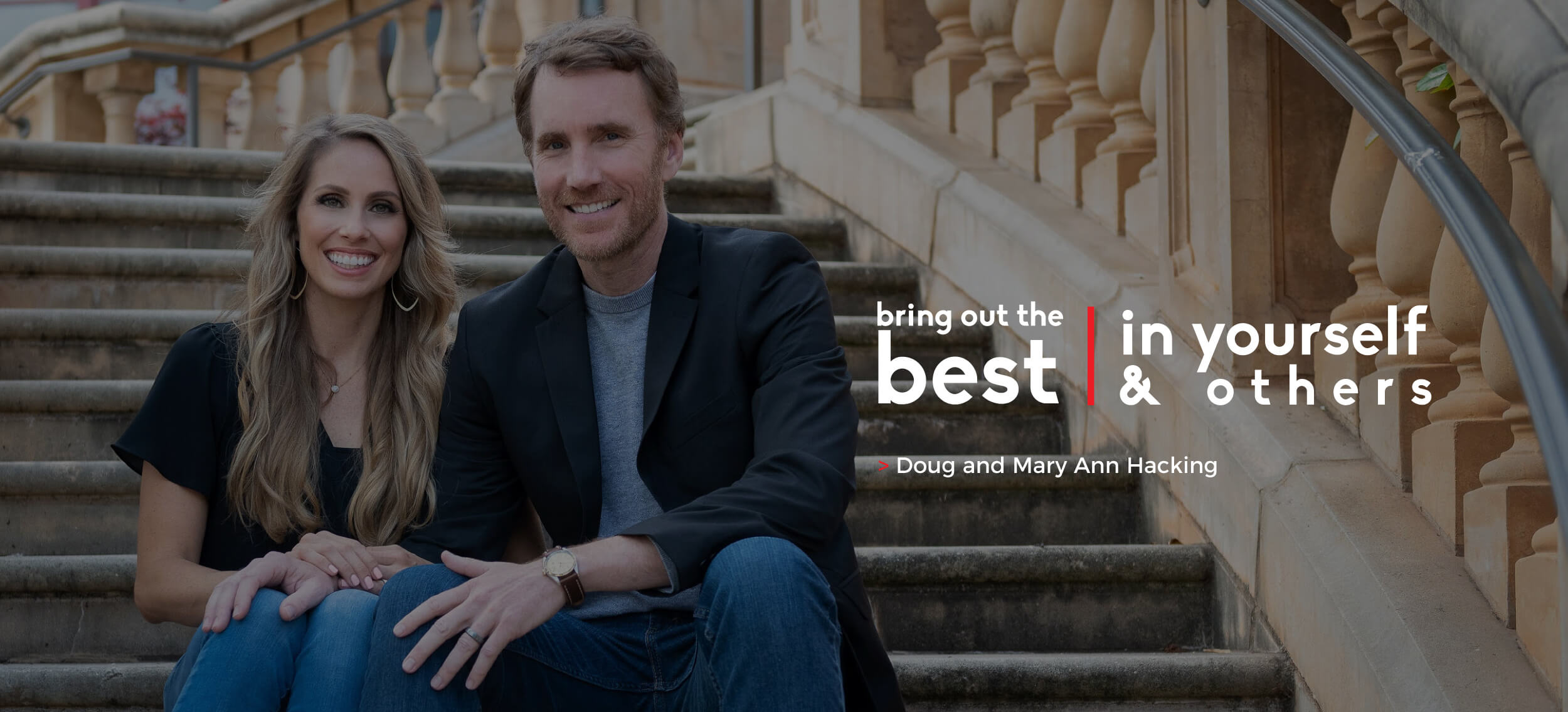“Life is short. Don’t miss opportunities to spend time with people that you love.” – Joel Osteen
The phrase quality time has been around since at least the 70s and has been steadily gaining popularity. Today, quality time is a frequently cited term found in many business, leadership, and relationship books and articles aimed at teaching people how to make their time more productive and meaningful. The definitions vary slightly, but they all have a similar theme. Quality time is the time we invest our full, focused, and uninterrupted attention in a person or a task.
A common misconception about quality time is that the amount of time spent has a direct correlation with the result, that more time with people equals better relationships just as more time on the driving range makes you a better golfer. Practice makes perfect, right? Wrong! Perfect practice makes perfect. Take it from someone who spent hours on the driving range only to go from bad to worse. It wasn’t until I hired a pro to completely reshape my swing that I started to get better. He gave me knowledge and skills to improve my game.
Relationships are the same. It’s takes more than simply spending quantities of time with someone to improve a relationship. And sadly, the more time we spend with certain people, the worse off our relationships with them can become…
…Maybe being better at multitasking is the solution? Unfortunately, no. This is another misconception about quality time. If quality time is heaven, multitasking is the well-intentioned path paved to you know where. Multitasking can rob our attention, cloud our focus, cause untimely interruptions, and dehumanize others by turning them into switches that are turned on and off without any regard for them. These effects create the opposite of quality time. As the multiple tasks pile up and become more complex, it becomes stressful for everyone involved as the quality of interactions and task performance decline.



